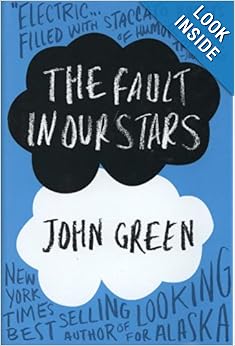Awhile ago I read this book... for the second time. The story came back to me so quickly; all the feelings that it evokes so clear again, but nothing spoiled.
This was Murakami's first real mainstream novel, said to be the 'book that "everyone" in Japan has read,' and a very depressing leap into stardom for the author. It is a love story, a heart-wrenching and beautiful one, and that's all. For an author who often writes non-fiction or with a flair of magical realism, this is a very different book from his others. Though these elements are totally absent in this story (Murakami argues against those that are tempted to call it loosely autobiographical), he writes a lovely reflection on human relationship and the impacts all those people we meet can have on our lives.
Norwegian Wood is narrated by Watanabe, a college student in Tokyo, who is in love with a friend from his childhood, Naoko. Their bond seems held together only by the tragic death of Watanabe's best friend, Naoko's boyfriend, when they were teenagers. He adjusts relatively well, considering, to life afterward, but Naoko struggles to understand her place in the world and becomes extremely introverted. Though he is helplessly devoted to her, Watanabe soon becomes attracted to a much more (sexually) liberated woman and struggles to retain the balance of these two relationships in a way that is understandable to his new friend.
Although I find the ending a little disjointed from the rest of the story, it's still a book I really love - one that kept me interested the whole way through. I'm a sucker for a love story!
Norwegian Wood is narrated by Watanabe, a college student in Tokyo, who is in love with a friend from his childhood, Naoko. Their bond seems held together only by the tragic death of Watanabe's best friend, Naoko's boyfriend, when they were teenagers. He adjusts relatively well, considering, to life afterward, but Naoko struggles to understand her place in the world and becomes extremely introverted. Though he is helplessly devoted to her, Watanabe soon becomes attracted to a much more (sexually) liberated woman and struggles to retain the balance of these two relationships in a way that is understandable to his new friend.
Although I find the ending a little disjointed from the rest of the story, it's still a book I really love - one that kept me interested the whole way through. I'm a sucker for a love story!























































